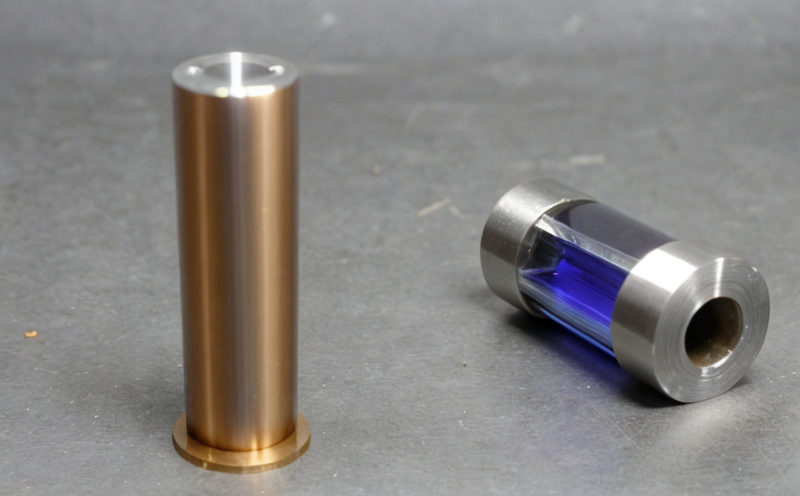BS 4931 Determination of dimensional stability of fabrics
The British Standard (BS) 4931:2018 provides a method for determining the dimensional stability and shrinkage of fabrics, especially those used in apparel. This standard is crucial for ensuring that textiles maintain their shape and size during wear and wash cycles. Understanding fabric shrinkage helps manufacturers to design garments with accurate fit and durability.
Shrinkage can be particularly problematic when dealing with woven or knitted materials, as these fabrics exhibit different behaviors under stress compared to non-woven fabrics. The test procedure outlined in BS 4931 involves subjecting fabric samples to controlled environmental conditions followed by measurement of the change in dimensions before and after treatment.
The process begins with careful selection and preparation of the fabric sample, which should represent typical usage scenarios. Samples are typically cut from areas where shrinkage might be most critical (e.g., cuffs or hems). The samples undergo conditioning to ensure they reach a stable equilibrium moisture content before testing. This step is essential because moisture content significantly affects dimensional stability.
After conditioning, the fabric specimens are exposed to heat and/or water, depending on the specific treatment conditions specified by the manufacturer. Common treatments include washing in a domestic washing machine or using industrial laundering processes. After exposure, the samples are dried and then measured for changes in length and width. The percentage shrinkage is calculated based on these measurements.
Accurate measurement of fabric dimensions requires precise instruments such as micrometers or digital calipers. It’s important to note that BS 4931 specifies strict tolerances and repeatability requirements, ensuring consistent results across different labs and tests.
The test procedure described in BS 4931 is not only relevant for manufacturers but also critical for retailers who must ensure their products meet quality standards. For example, a retailer selling high-end clothing may require fabrics with minimal shrinkage to maintain brand reputation. In contrast, a budget retailer might allow higher levels of shrinkage depending on the target market.
In terms of compliance, adhering to BS 4931 ensures that products meet industry standards and can be sold without issues in markets where these specifications are required by law or customer expectations.
- Conditioning samples for accurate measurement
- Applying controlled heat and/or water treatments
- Micrometer or digital caliper measurements of length and width
- Careful calculation of shrinkage percentage
Why It Matters
Understanding fabric shrinkage is fundamental in the textile industry as it directly impacts customer satisfaction. Shrinkage can lead to garments that do not fit properly, causing frustration and potentially leading to returns or lost sales for retailers.
For manufacturers, knowing the dimensional stability of fabrics helps them optimize production processes and select appropriate materials based on end-use requirements. This knowledge also supports quality control efforts by providing a benchmark against which actual products can be compared.
The environmental impact of shrinkage should not be overlooked either. Excessive shrinkage during laundering or wear can contribute to waste in the form of discarded garments that are no longer fit for purpose, thereby increasing textile waste and contributing to pollution.
From a broader perspective, accurate dimensional stability testing contributes positively to sustainability initiatives by reducing material usage and promoting recycling practices within the industry. By ensuring products last longer due to better dimensional stability, manufacturers contribute to resource efficiency and reduced environmental footprint.
Customer Impact and Satisfaction
- Improved Fit: Customers appreciate well-fitting garments that do not require alterations after purchase. BS 4931 helps manufacturers achieve this by ensuring fabrics maintain their dimensions throughout the lifecycle of a product.
- Durability: Fabrics with high dimensional stability tend to last longer, which enhances customer satisfaction and loyalty towards brands offering quality products.
- Consistency: Consistent results from BS 4931 tests reassure customers that they are receiving products of consistent quality across different batches or production runs.
- Environmental Awareness: By reducing shrinkage, manufacturers contribute to more sustainable practices, which can appeal to eco-conscious consumers who value responsible business practices.
Competitive Advantage and Market Impact
Adhering strictly to standards like BS 4931 offers significant competitive advantages. It allows companies to differentiate themselves by offering superior quality products that meet or exceed expectations.
In the global market, compliance with international standards such as ISO/IEC and ASTM not only enhances credibility but also opens up opportunities for exporting goods internationally. Consumers from various countries may have specific requirements regarding fabric shrinkage, and meeting these needs increases a company’s appeal in those markets.
Moreover, businesses that prioritize dimensional stability testing can reduce costs associated with returns and exchanges due to improper fit or sizing issues. This leads to higher customer retention rates and improved profitability.
Achieving certification under BS 4931 also positions a company as an industry leader committed to innovation and quality assurance, which attracts both consumers and investors seeking reliable partners in the textile sector.





